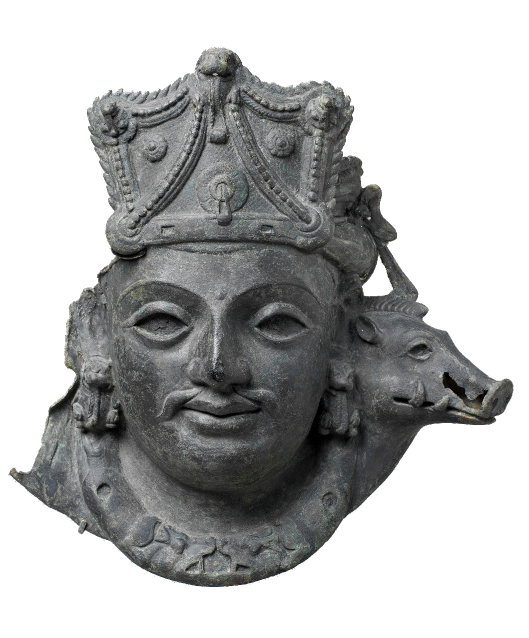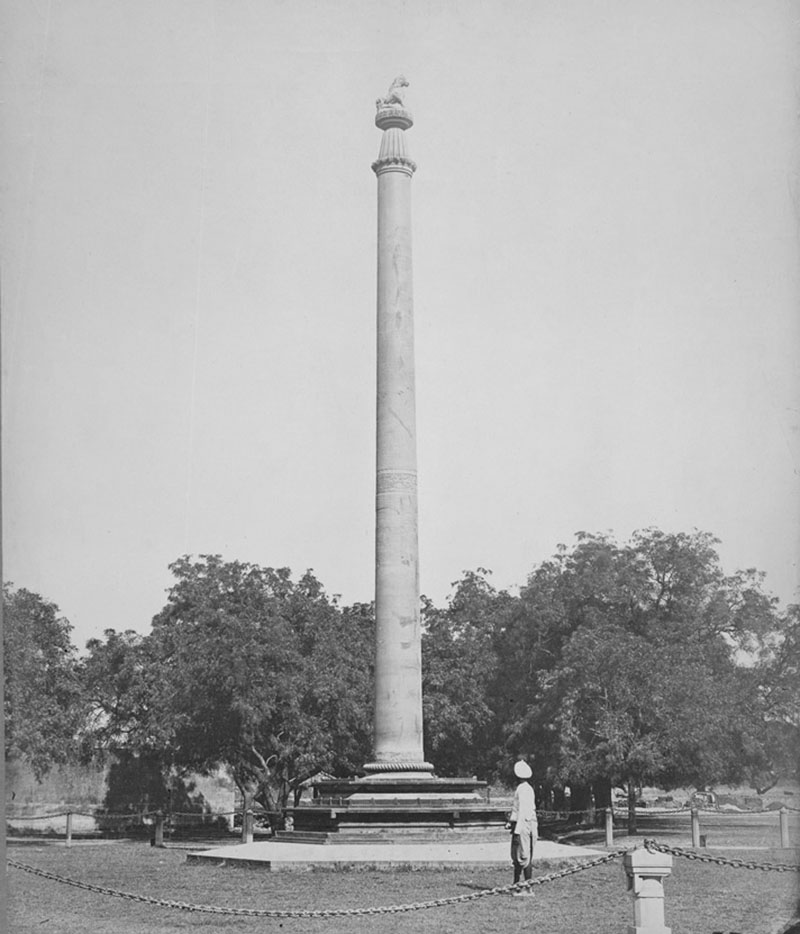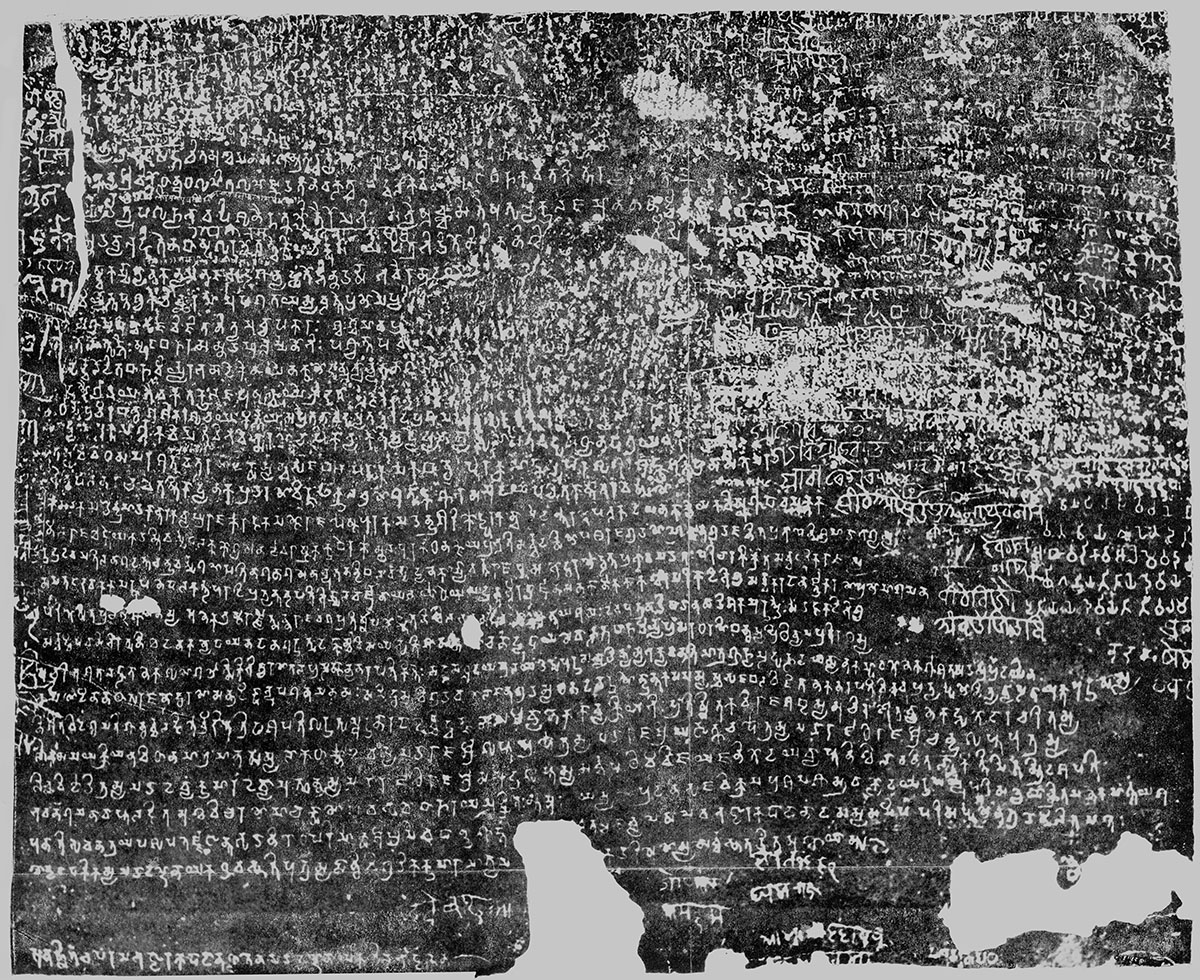ARTICLE
Allahabad Pillar
When Allahabad passed into the administrative control of the British East India Company in 1801, troops had been taken into the fort to garrison them and military engineers, led by Colonel Kyd, ended up uprooting the pillar and leaving it in broken fragments. Later on in the nineteenth century, the British started their surveys and studies of the monument, and a stone capital was built showing the loti form, abacus and a lion, which has since gone missing. Although the loti form was judged to be inferior in quality by later administrators like Alexander Cunningham, the abacus displayed an elegant band of alternating lotus and honeysuckle flowers, set upon a beaded and reeled astragalus. Since the stone material of the abacus was different from the one used for the loti form, some scholars have suggested that it was not a part of the British reconstructions. In spite of its Buddhist iconographic elements, owing to its location at a sacred zone of confluence in former Allahabad – where the rivers Yamuna, Ganga and the mythic Saraswati are supposed to join – has allowed some scholars to argue that it was probably used originally, or appropriated at a later time, for Hindu devotional worship and hence could have also carried a bull atop, instead of a lion.
The pillar, thus, has an extensive history of reuse and re-inscription, usually by kings following Ashoka’s reign. Ever since the conversion of the Allahabad fort into a military base, the Indian army has occupied the site and one needs permission in order to view the pillar.
Bibliography
Our website is currently undergoing maintenance and re-design, due to which we have had to take down some of our bibliographies. While these will be re-published shortly, you can request references for specific articles by writing to hellomapacademy@map-india.org.








